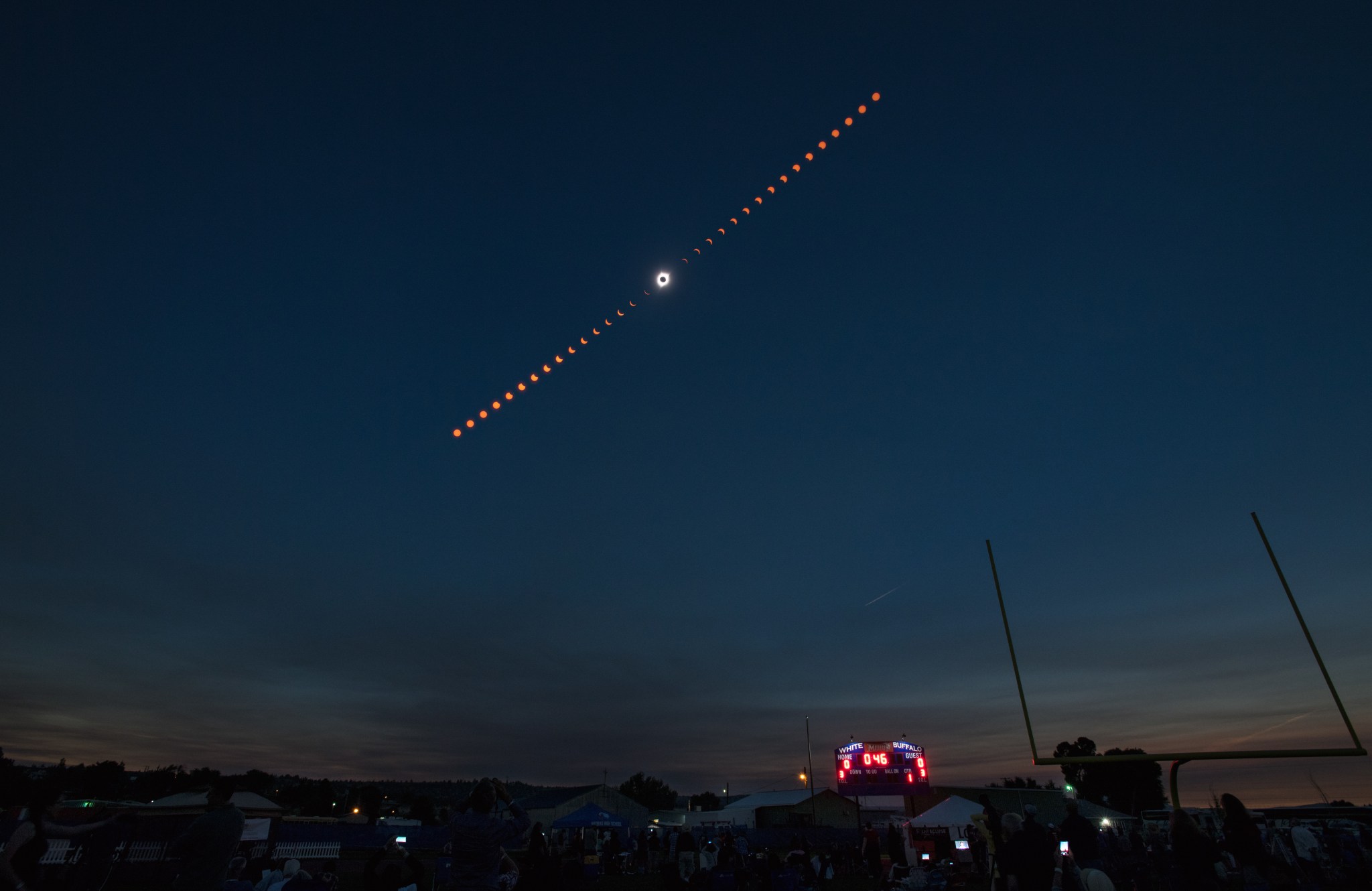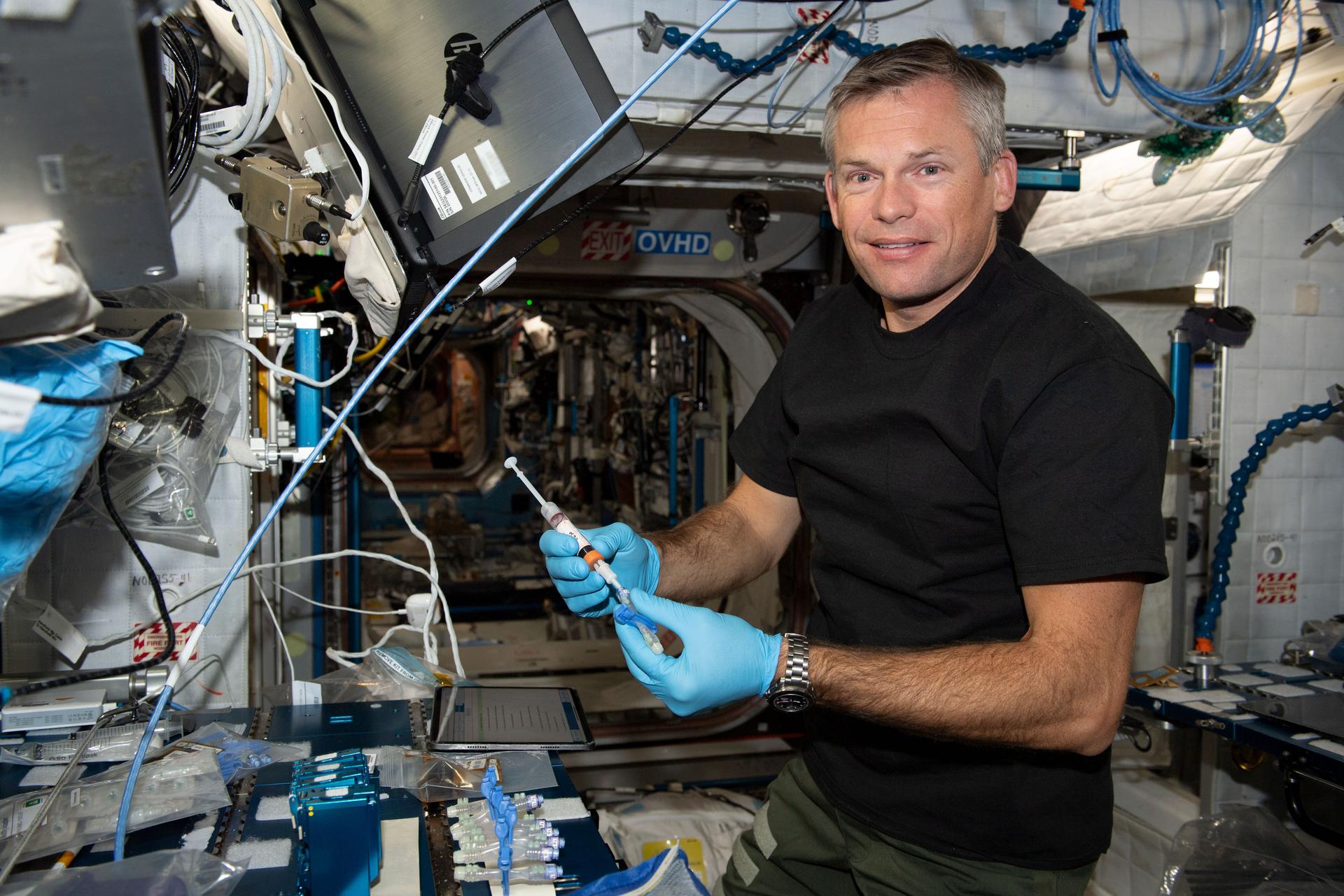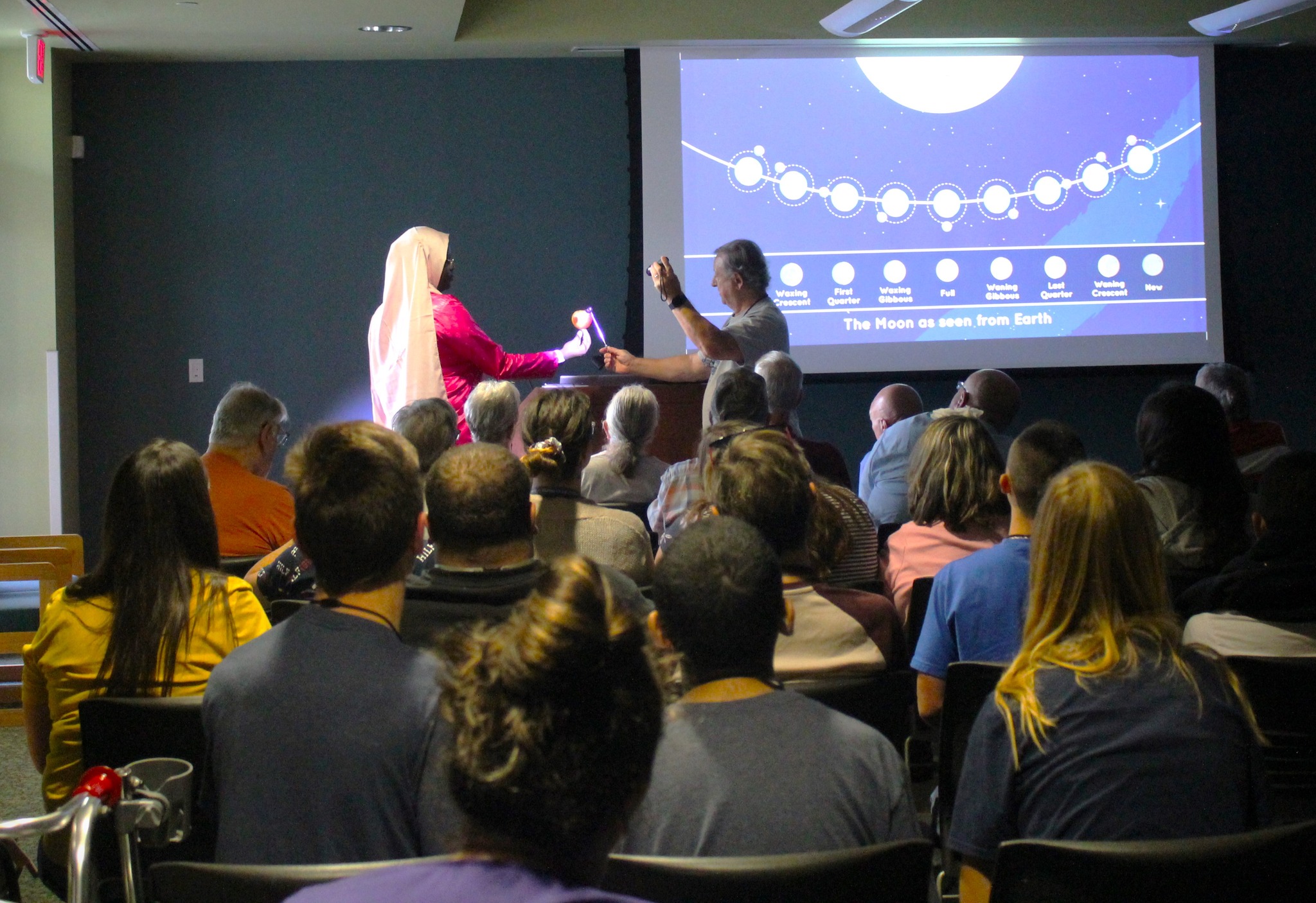NEPA Public Notice 2023-11-06 Draft Environmental Assessment – Lease for 50 Acre Business Park. Click here to view PDF
Read MoreMonth: February 2024
SpaceX to launch Crew-8 astronauts to the space station March 1: Watch live
What time is the Crew-8 launch? SpaceX is poised to launch three astronauts and a Russian cosmonaut to the International Space Station (ISS) this week on the company’s Crew-8 mission for NASA. The crew members’ spacecraft, SpaceX’s Crew Dragon Endeavor, will ride atop a Falcon 9 rocket from the historic Launch Complex-39A at NASA’s Kennedy Space Center in Florida. Liftoff is currently scheduled for no earlier than Friday, March 1 at 12:04 a.m. EST (0504 GMT). Crew-8 includes NASA astronauts Matthew Dominick (mission commander), Michael Barratt (mission pilot), Jeanette Epps…
Read MoreJames Webb Space Telescope sees the infrared skeleton of a galaxy (image)
The James Webb Space Telescope’s infrared vision has transformed our view of a large, barred spiral galaxy, revealing its skeleton of dust illuminated by the glow of young stars. Visible-light images of NGC 1559, such as those taken by the Hubble Space Telescope, show a glowing whirlpool of light with bright, young star clusters scattered across spiral arms laced with lanes of black dust. The JWST has now peered past the glare, its infrared vision revealing the galaxy’s innards. The JWST’s Near-Infrared Camera (NIRCam) sees starlight filtered through the obscuring…
Read MoreNASA Invites Media, Public to Solar Eclipse Events in April
This composite image shows the progression of a total solar eclipse over Madras, Oregon on Monday, Aug. 21, 2017. A total solar eclipse swept across a narrow portion of the contiguous United States from Lincoln Beach, Oregon to Charleston, South Carolina. A partial solar eclipse was visible across the entire North American continent along with parts of South America, Africa, and Europe. NASA/Aubrey Gemignani On Monday, April 8, a total solar eclipse will cross North America, giving people in 15 states the opportunity to see the Moon completely block the…
Read MoreSplashdown 101: Joint Team to Recover Crew, Orion After Moon Missions
NASA’s Artemis II crew members are assisted by U.S. Navy personnel as they exit a mockup of the Orion spacecraft onto an inflatable “front porch” while NASA’s Exploration Ground System’s Landing and Recovery team and partners from the Department of Defense aboard the USS San Diego practice recovery procedures using the Crew Module Test Article, during Underway Recovery Test 11 (URT-11) off the coast of San Diego, California on Sunday, Feb. 25, 2024. NASA/Jamie Peer When Artemis II NASA astronauts Reid Wiseman, Victor Glover, Christina Koch, and CSA (Canadian Space…
Read MoreNASA’s SpaceX Crew-7 Completes Scientific Mission on Space Station
5 min read Preparations for Next Moonwalk Simulations Underway (and Underwater) After months aboard the International Space Station, NASA’s SpaceX Crew-7 is returning to Earth. NASA astronaut Jasmin Moghbeli and Roscosmos cosmonaut Konstantin Borisov each completed their first spaceflight. JAXA (Japan Aerospace Exploration Agency) astronaut Satoshi Furukawa and ESA (European Space Agency) astronaut Andreas Mogensen each completed their second spaceflight. During their time on the station, Crew-7 conducted science experiments and technology demonstrations to benefit people on Earth and prepare humans for future space missions. Here’s a look at some…
Read MoreEclipse Ambassadors off the Path: Reaching Underrepresented Audiences
2 min read Eclipse Ambassadors off the Path: Reaching Underrepresented Audiences The NASA Science Activation Program’s “Eclipse Ambassadors Off the Path” project is a nationwide initiative that set out in September 2022 to prepare 500 communities on and off the central paths of the back-to-back solar eclipses in 2023 and 2024 to enjoy the science and wonder of this natural phenomenon. Led by the Astronomical Society of the Pacific, this team partners with libraries, community centers, and more to match college undergraduate students and eclipse enthusiasts of all ages with…
Read MoreNASA radar images show stadium-sized asteroid tumbling by Earth during flyby (photos)
A stadium-sized asteroid tumbled harmlessly past Earth this month as a powerful NASA radar system watched. Asteroid 2008 OS7 passed by Earth on Feb. 2, 2024 at a safe distance of 1.8 million miles (2.9 million kilometers), about 7.5 times farther than the Earth-moon distance. While there was no risk of the space rock harming our planet, scientists with NASA’s Jet Propulsion Laboratory (JPL) used the sophisticated Goldstone Solar System Radar (GSSR) to produce a series of images of the asteroid as it passed by us. The new observations helped…
Read MoreApollo astronaut’s granddaughter opens immersive ‘Lunar Light’ moonwalk experience in Dallas
What do you get when you mix an Apollo astronaut’s legacy with a trio of shipping containers, the latest in VR technology, the cousin of a “Star Wars” robot and an escape room like no other? Well, if you are Danielle Roosa, the answer is clear: An immersive experience that can give anyone (10 years of age or older) the chance to explore the moon. Launching on Leap Day (Feb. 29) in Dallas, Texas, “The Lunar Light: Discovery” is the creation of Roosa’s “Back to Space,” a transmedia organization that…
Read MorePut on your eclipse glasses and look up to see the biggest sunspot in years before it disappears from view
A giant sunspot continued to break records this week and is currently visible to the unaided eye with solar eclipse glasses. Between Saturday (Feb. 24) and Monday (Feb. 26), as the sunspot known as AR3590 turned toward Earth, it also grew by around 25% to become the largest sunspot of the current 11-year solar cycle, solar cycle 25, measuring around 9.5 times the surface area of Earth. NASA says that while it is never safe to look directly at the sun with unprotected eyes, eclipse glasses are perfect for observing…
Read More


